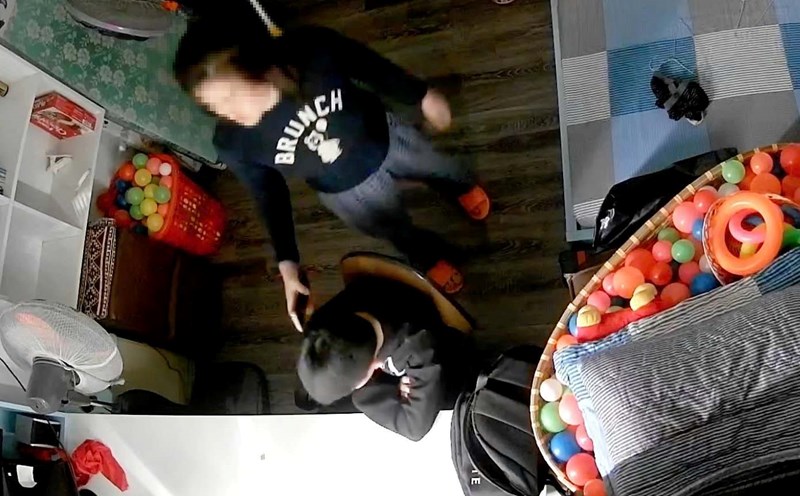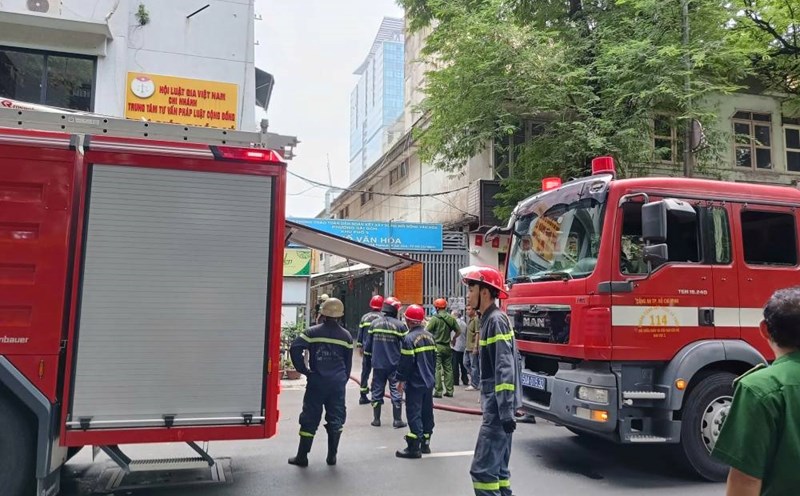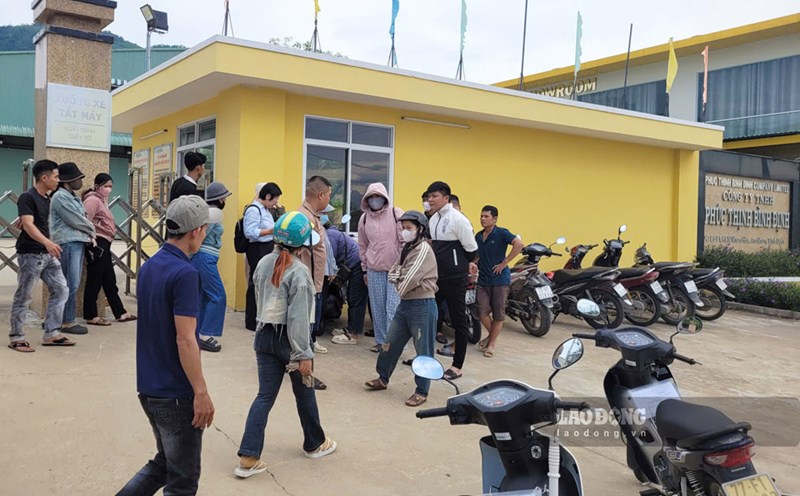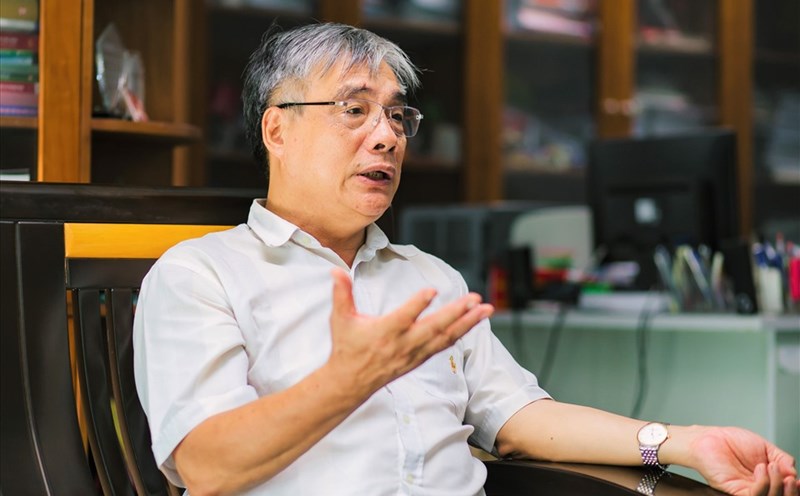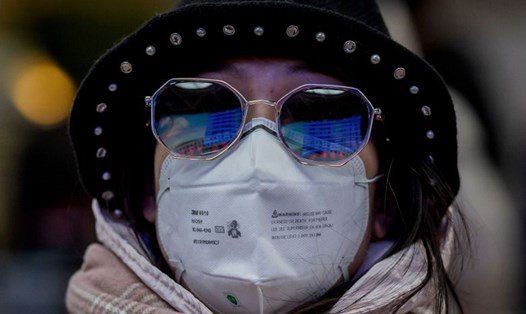Hundreds of workers have been mobilized to complete the hospital - basically a quarantine center, with a capacity of about 1,000 patients. The hospital was built within 6 days as the virus virus virus spread rapidly to all provinces and autonomous areas, except for Tibet and Qinghai.
As of January 24, China has reported 1,072 cases of acute pneumonia and 41 deaths. In addition, the US, Japan, South Korea, Vietnam and Thailand, as well as Hong Kong, Hong Kong and Taiwan administrative special zones have also reported cases of infection.
According to an initial design provided by the South China Morning Post, the new facility is under construction in Thai Dien district, west of Vu Han. The facility is nearly 25,000 square meters wide and will contain 1,000 hospital beds.
According to local residents in Vu Han, the government is paying the project's workers up to 1,200 yuan (about 3 million 600 thousand VND) per day - three times their normal salary - to speed up construction progress.
The scale and capacity of the new hospital are equivalent to the facility built in the Xiaotangshan area of Xuong Binh District, Beijing in April 2003 to prevent the SARS epidemic.
The facility was taken over by the People's Liberation Army of China and operated as a hospital with 1,000 beds. Nearly 15% of SARS patients from across China have been treated at Xiaotangshan Hospital for 2 months.
In the latest project, machinery of construction companies has begun to level the ground. A source from China Construction Corporation said that the project will be completed in 6 days.
"We will have a Lunar New Year dinner here. We don't have time. We need to complete this within 6 days," South China Morning quoted an unnamed contractor as saying.
The hospital will be made up of more than 20 pre-arrested buildings, 1 to 2 floors high, however, the exact number of beds and patients will be provided is still being completed.
"Quarantine is a very specific term, meaning you have to be quarantined for 40 days," said Ian Lipkin, a professor of epidemiology at Columbia University. "Currently, this is the only approach, because we do not have any effective vaccine to control the virus. I like to call it isolation to prevent rather than isolation until we have a better strategy to prevent this from spreading further."

